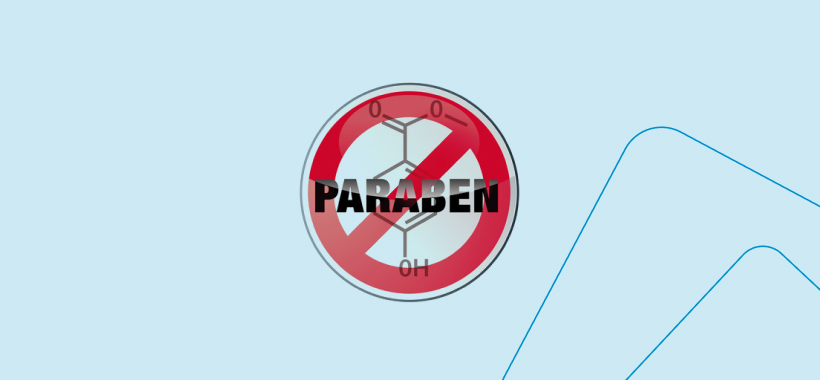- UV filter restriction
On 13 December 2019, the Scientific Committee on Consumer Safety (SCCS) published an opinion on the use Methoxypropylamino Cyclohexenylidene Ethoxyethylcyanoacetate. In its opinion, the SCCS concluded that the substance is safe for use in cosmetics at a maximum concentration of 3 %. The SCCS did not assess inhalation toxicity, hence the opinion is not applicable to cosmetic products that could lead to exposure of the end-user’s lungs by inhalation.
Annex VI is therefore amended as follows:
Methoxypropylamino Cyclohexenylidene Ethoxyethylcyanoacetate:
- Max concentration in ready for use preparation: 3%
- Conditions:
- Not to be used in applications that may lead to exposure of the end-user’s lungs by inhalation
- Do not use with nitrosating agents – Maximum nitrosamine content: 50 μg/kg
- Keep in nitrite-free containers
This Regulation will enter into force on the twentieth day following that of its publication in the Official Journal of the European Union.
- Hair dye ban and restrictions
- Based on the safety assessment of hair dye substances by the SCCS, they concluded that it is necessary to prohibit the use of three hair dye substances:
- 1,2,4-Trihydroxybenzene,
- 2-[(4-Amino-2-nitrophenyl)-amino]-benzoic acid,
- 4-Amino-3-hydroxytoluene.
These substances will therefore be added to Annex II of Regulation 1223/2009.
From 3 September 2021 hair and eyelash dye products containing those substances shall not be placed on the Union market.
From 3 June 2022 hair and eyelash dye products containing those substances shall not be made available on the Union market.
- In light of the final SCCS opinions on other six hair dye substances: Dimethylpiperazinium Aminopyrazolopyridine HCl, Methylimidazoliumpropyl p-phenylenediamine HCl, HC Orange No 6, Acid Orange 7, Tetrabromophenol Blue and Indigofera Tinctoria, it was concluded that their concentration in hair dye products should be restricted.
- The SCCS also evaluated the use of the substance 2-Methoxymethyl-p-Phenylenediamine and its sulfate (currently listed under entry 292 in Annex III) on eyelashes. Based on that opinion, the field of application of the restriction to which they are subject should be extended to products intended for colouring eyelashes. Additionally, the latter products should be allowed for professional use only
Furthermore, appropriate warnings should be printed on the labels of hair dye products in order to inform consumers and professionals about possible adverse effects of hair dyes and products intended for colouring eyelashes.
The exact restrictions, warnings and date of effect of these restrictions can be found here: https://eur-lex.europa.eu/legal-content/EN/TXT/?uri=uriserv:OJ.L_.2020.379.01.0034.01.ENG#ntr*1-L_2020379EN.01003601-E0001
- HEMA and DI-HEMA Trimethylhexyl Dicarbamate restriction
The SCCS concluded in its opinion that HEMA and DI-HEMA Trimethylhexyl Dicarbamate (Di-HEMA TMHDC) are not likely to pose a risk of sensitisation when applied appropriately to the nail plate and there is no contact with the adjacent skin.
However, in some Member States, there have been cases of sensitisation to nail product containing HEMA and Di-HEMA TMHDC. Based on this, the EU Commission concluded that there is a risk of skin sensitisation as a result of insufficient precision when applying these products. Therefore, such products can come into contact with the skin adjacent to the nail plate.
Since the use of nail products containing HEMA and Di-HEMA TMHDC by professionals is expected to be safer for the users, such products are restricted to professional use only. Furthermore, these products require the addition of the following warning – ‘’can cause an allergic reaction’’.
From 3 June 2021 products containing either one of the two substances and not complying with the conditions set out Annex III (entries 313 and 314), shall not be placed on the Union market.
From 3 September 2021 products containing either one of the two substances and not complying with conditions set out in Annex III (entries 313 and 314) shall not be made available on the Union market.

